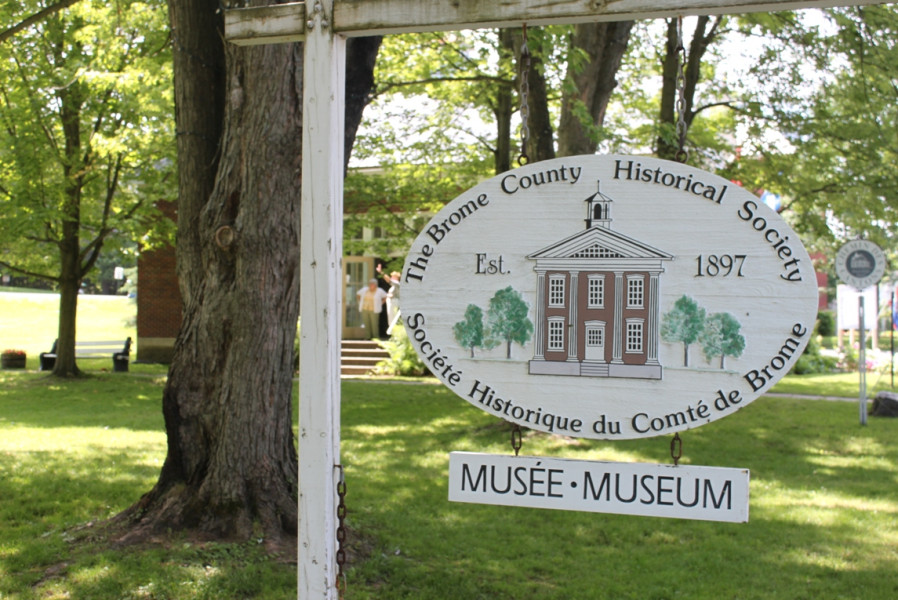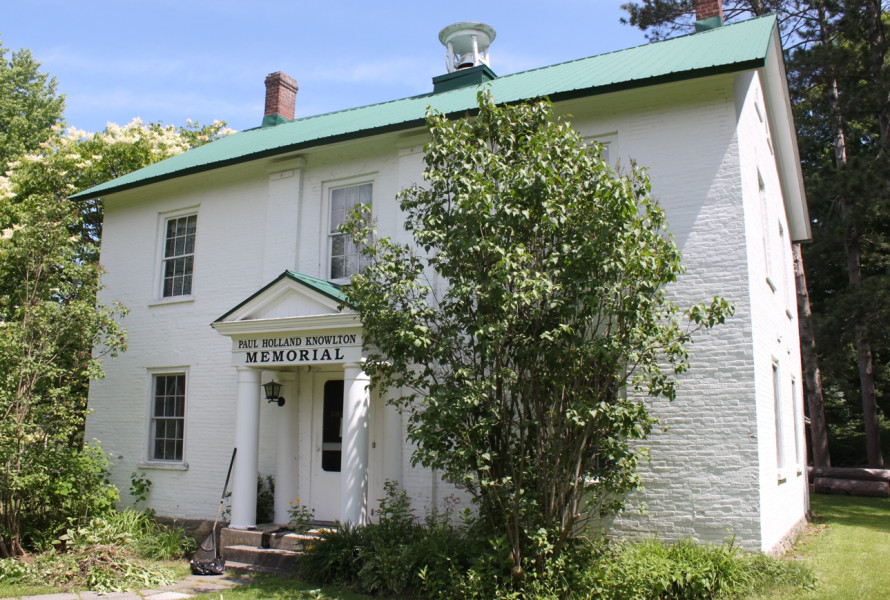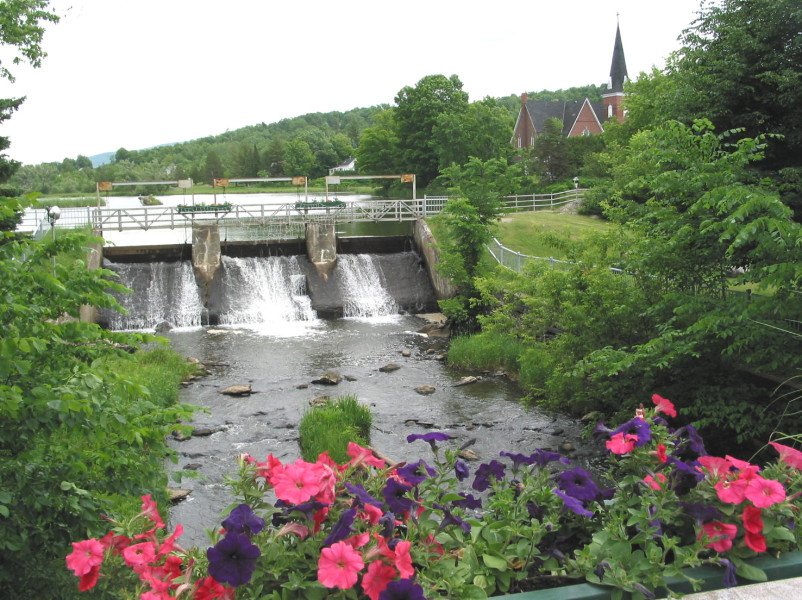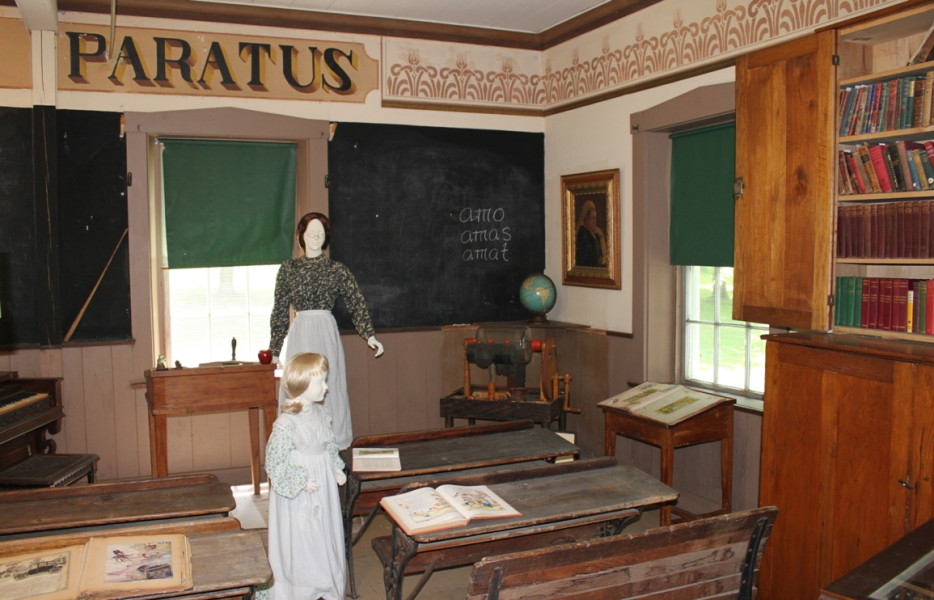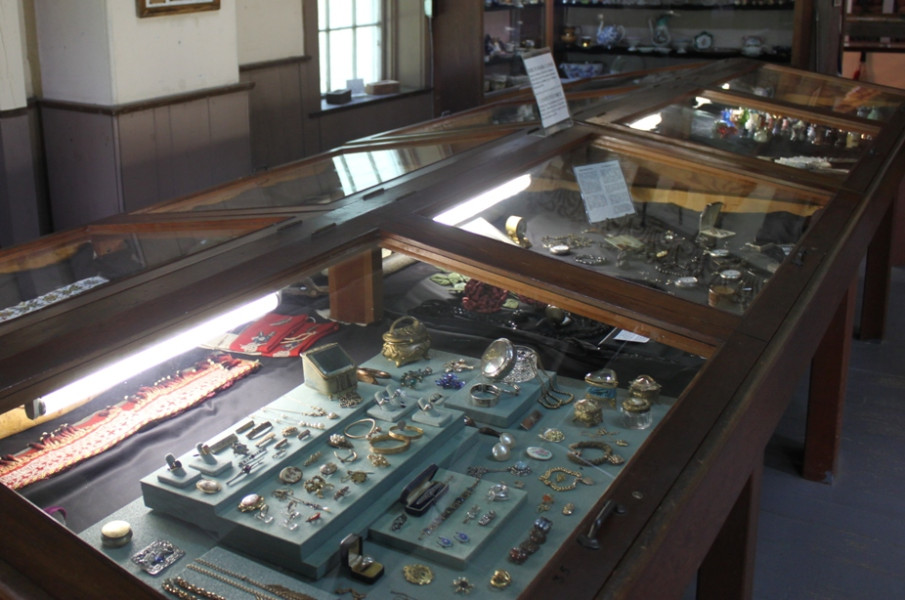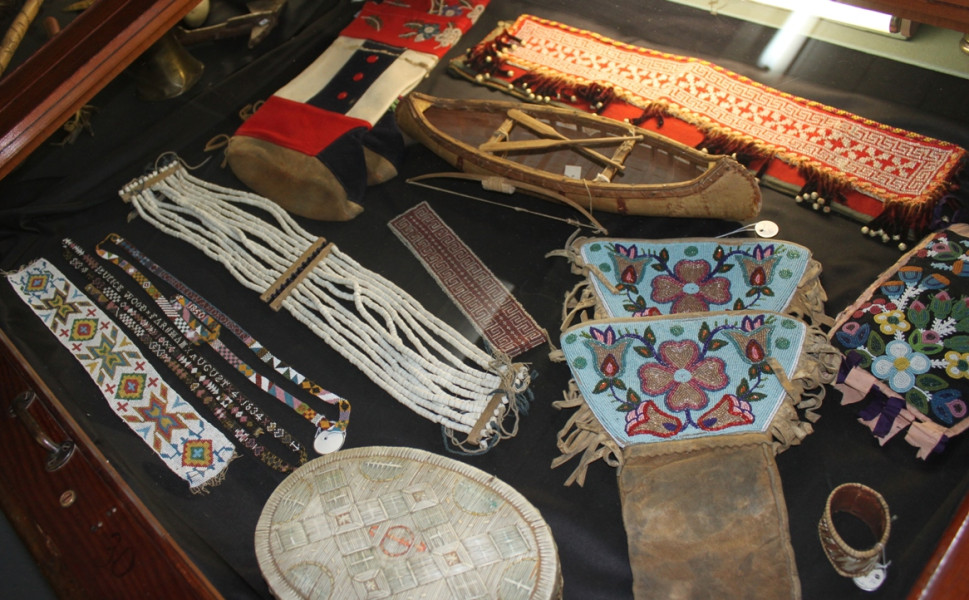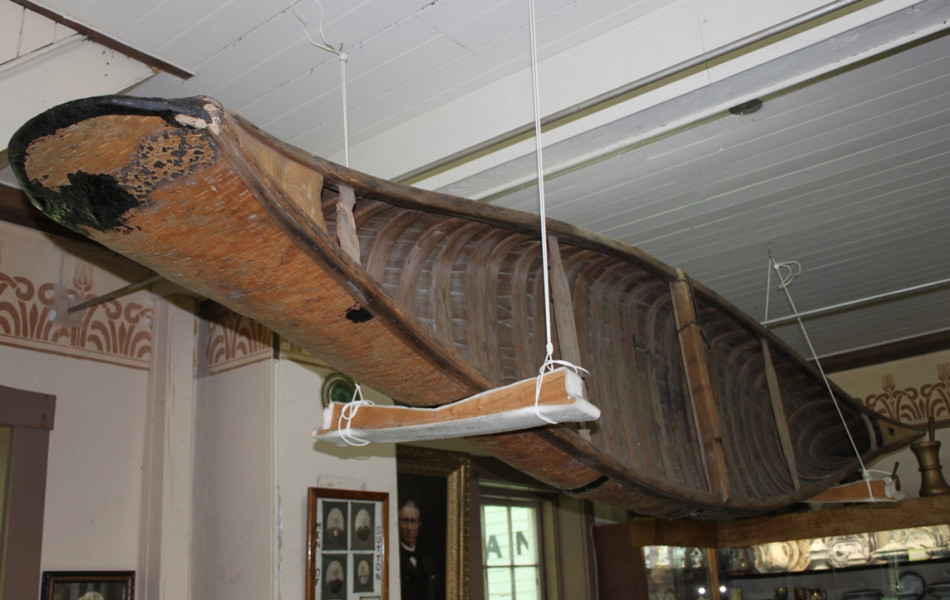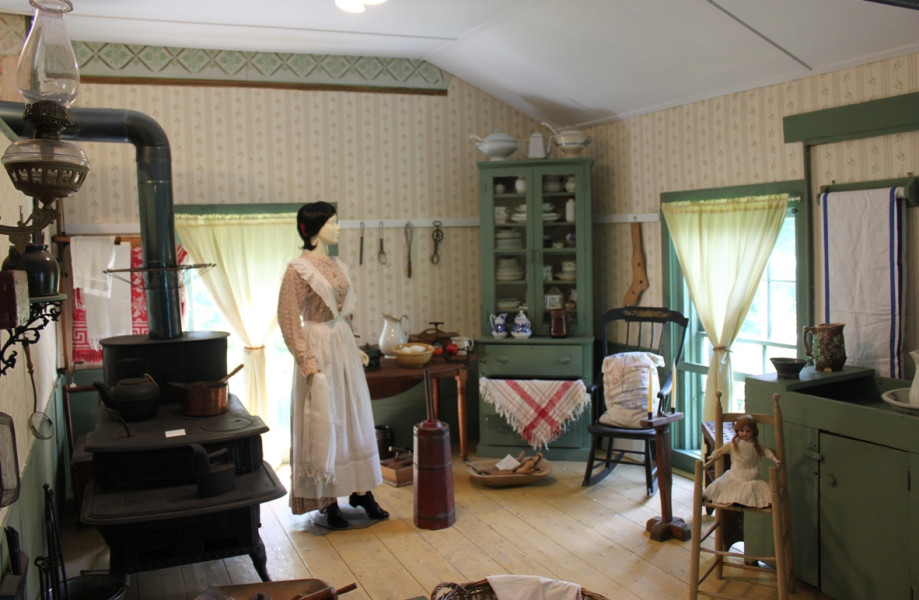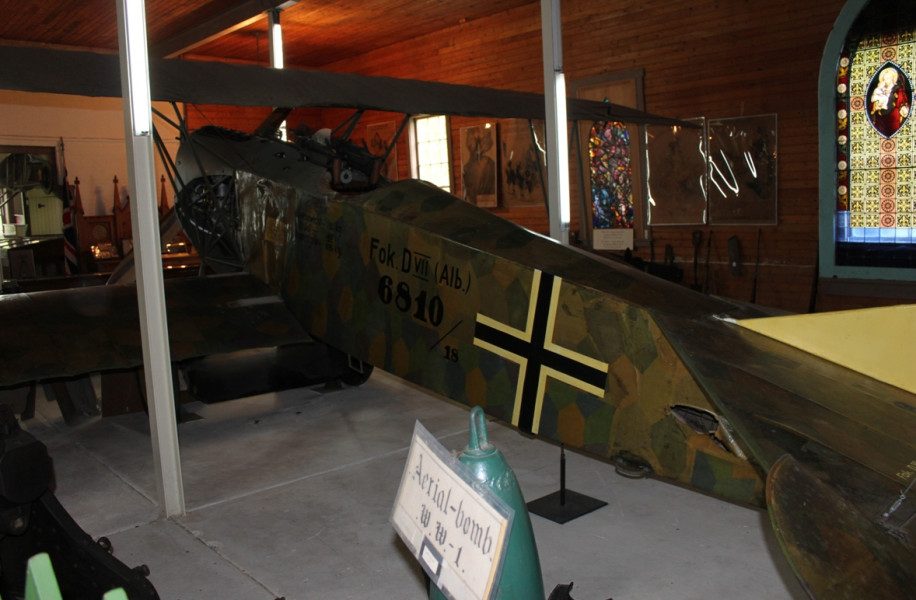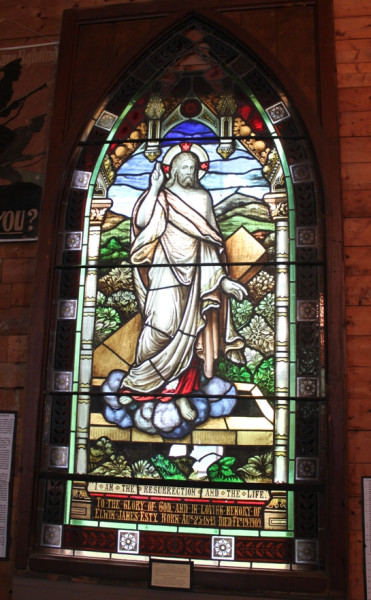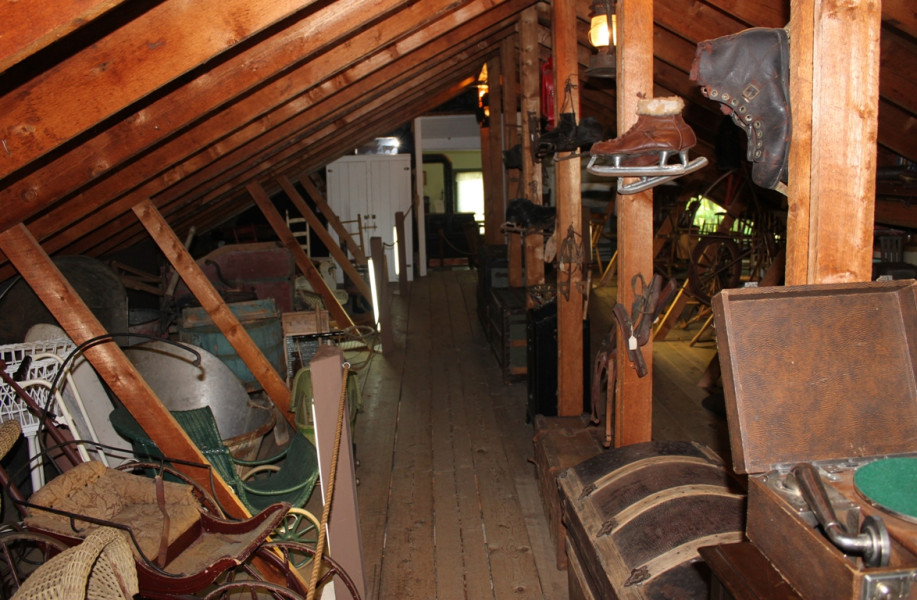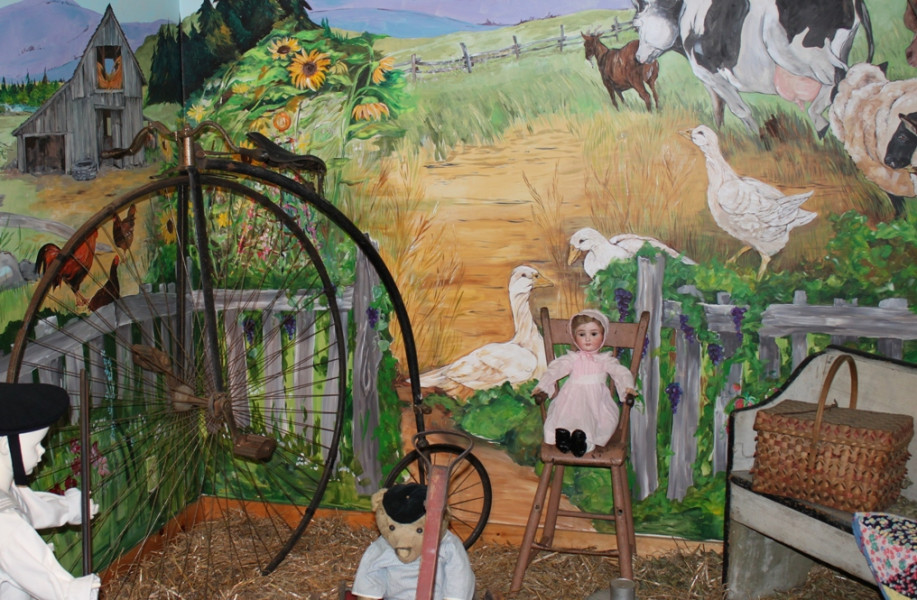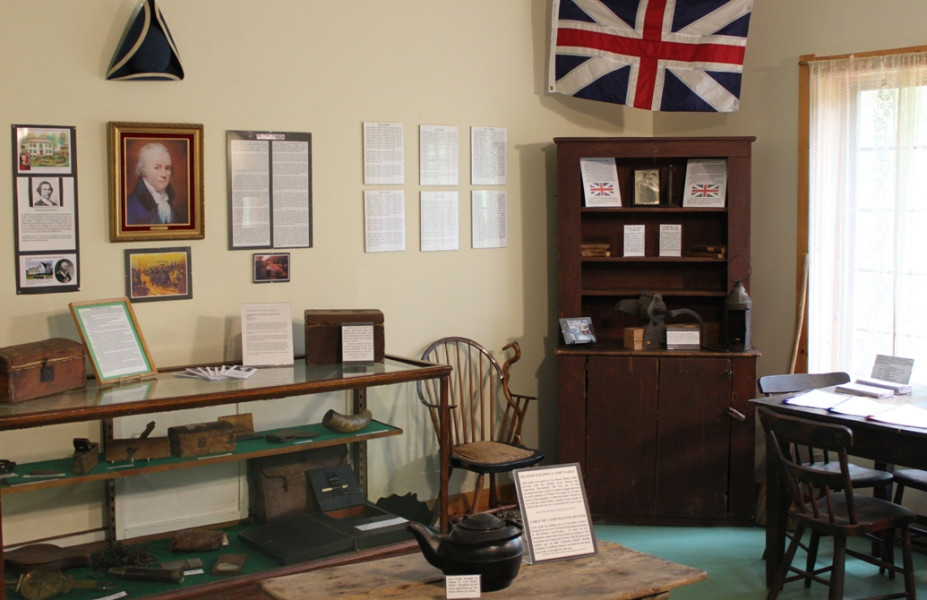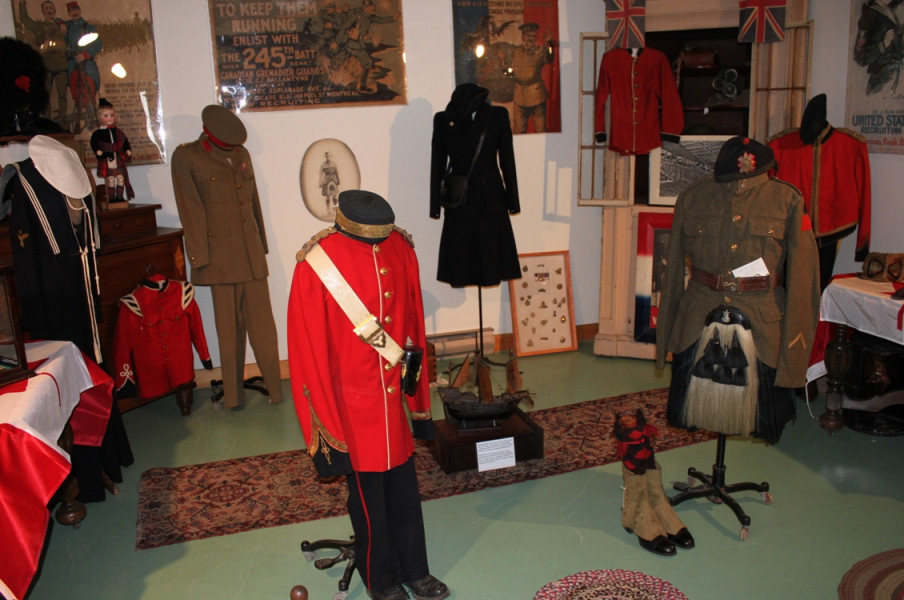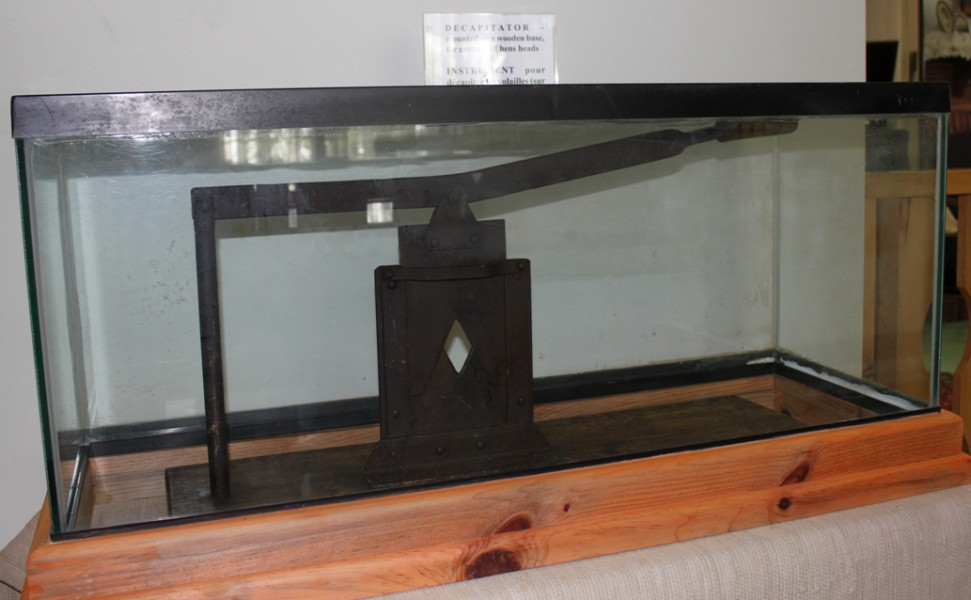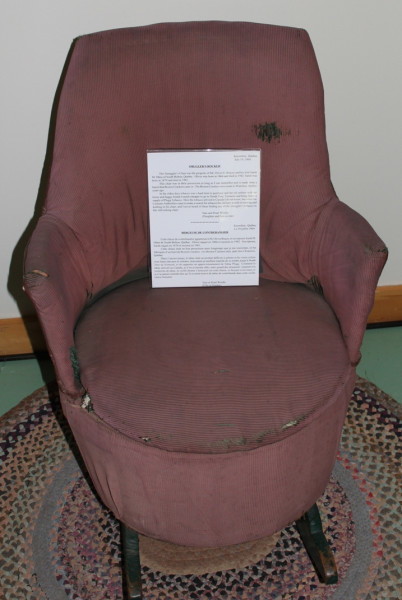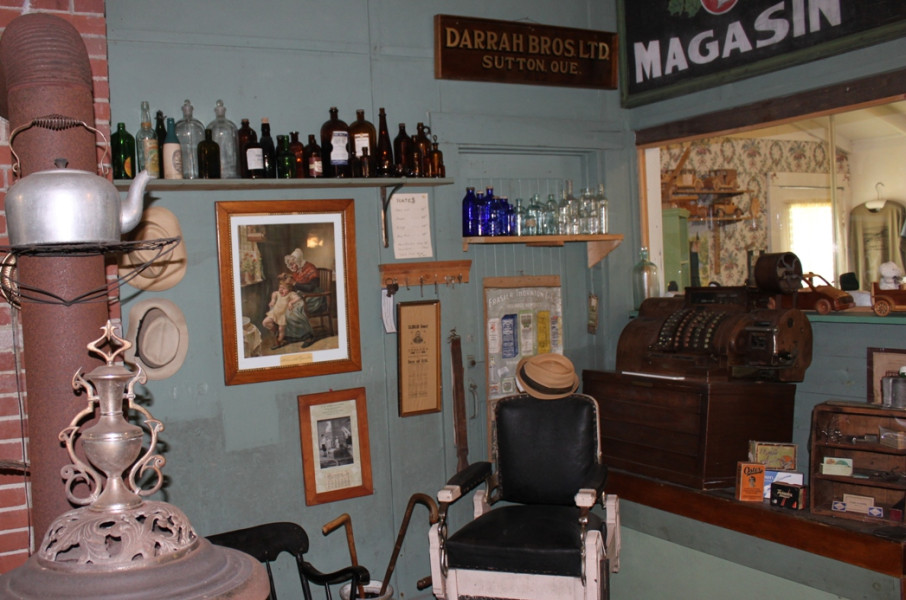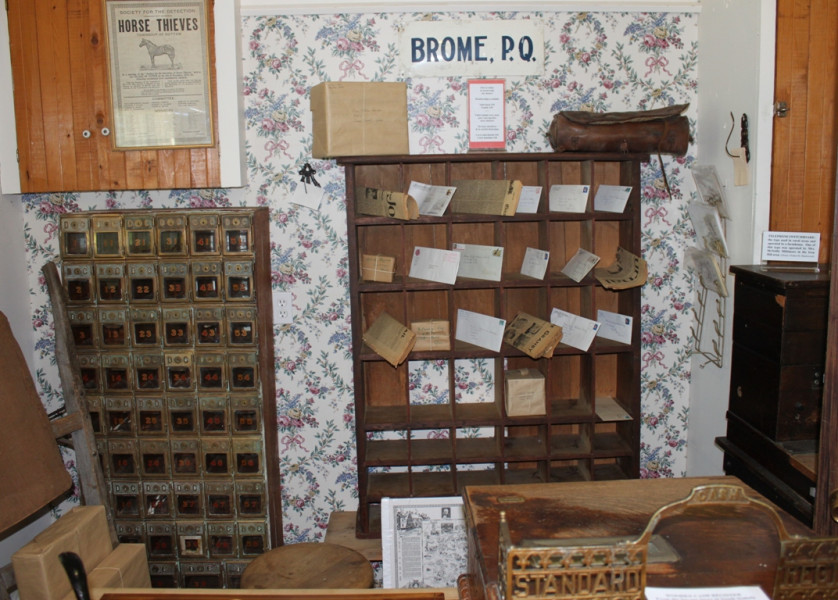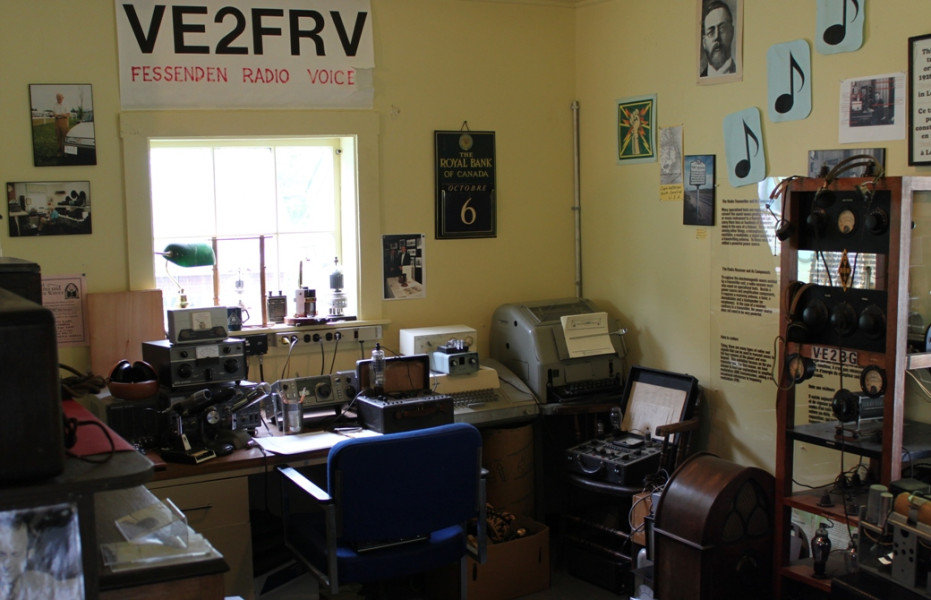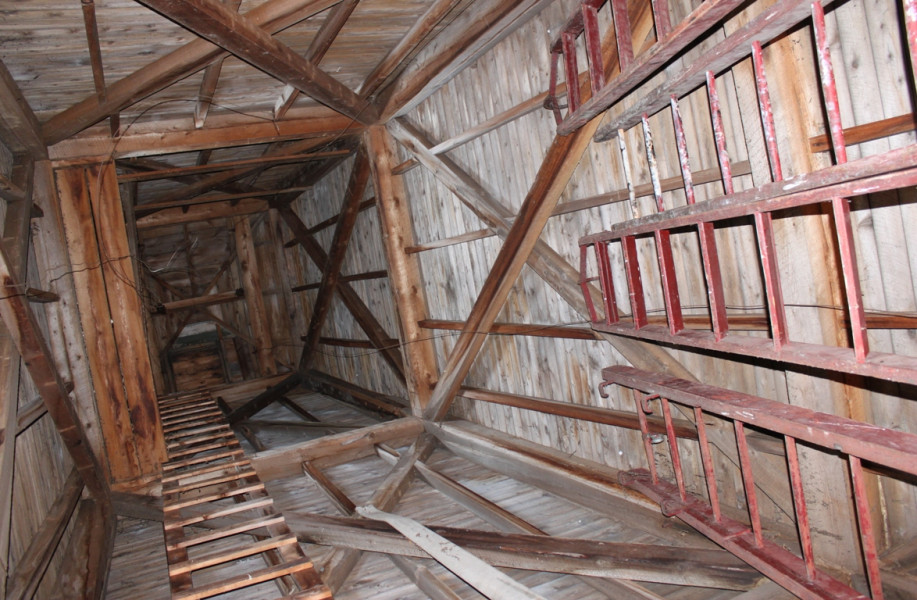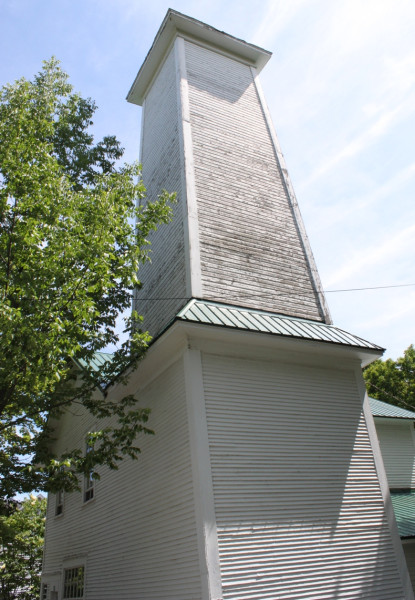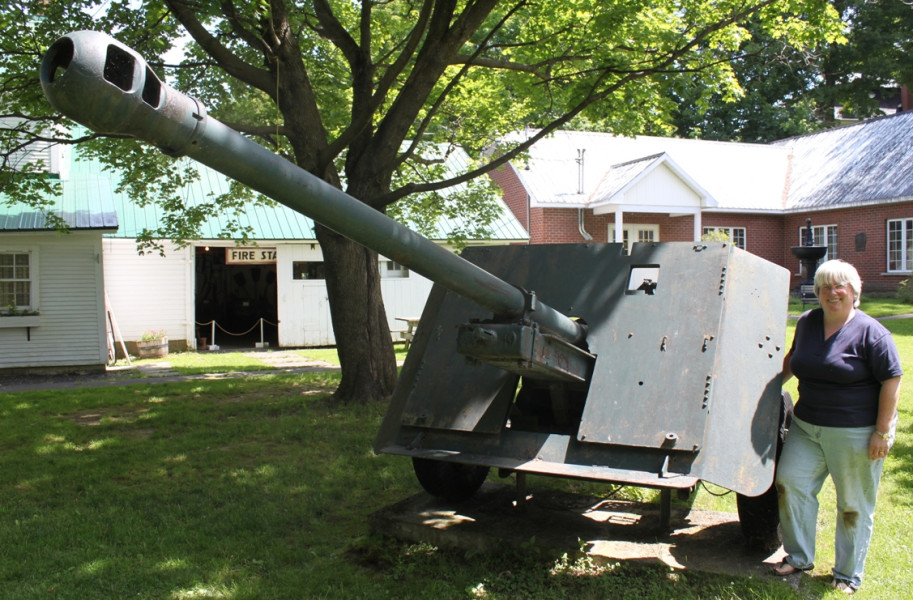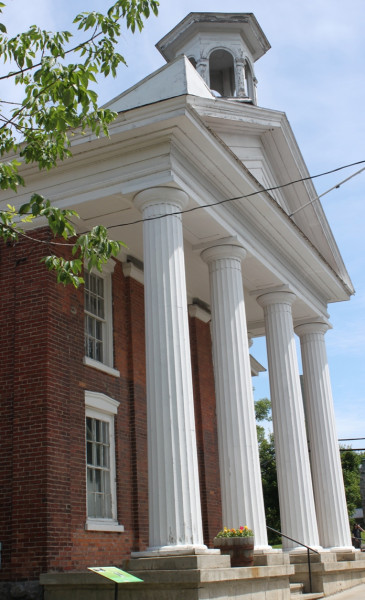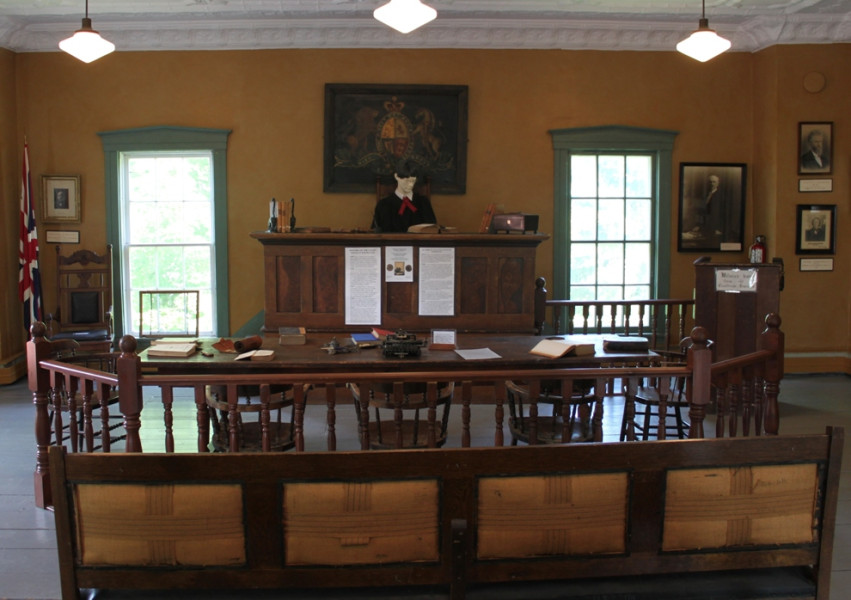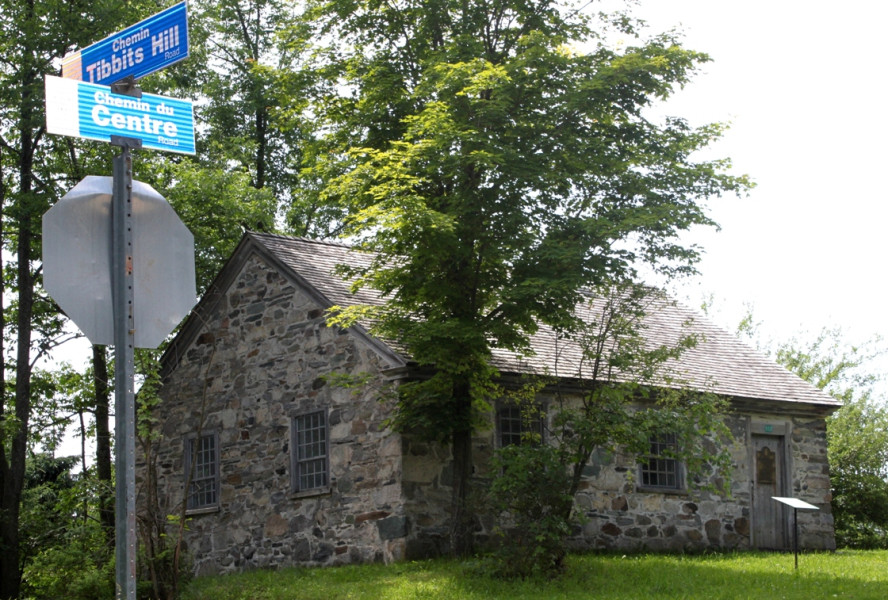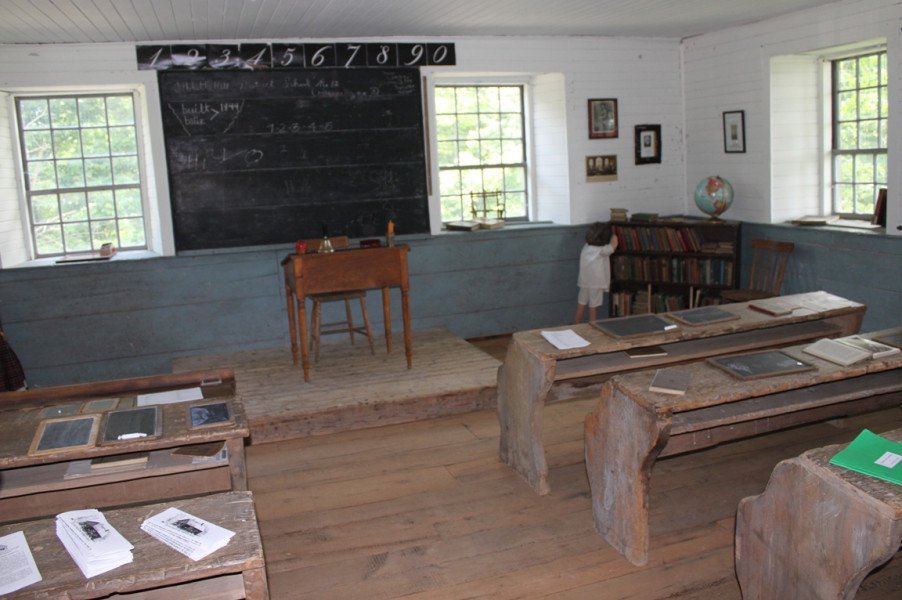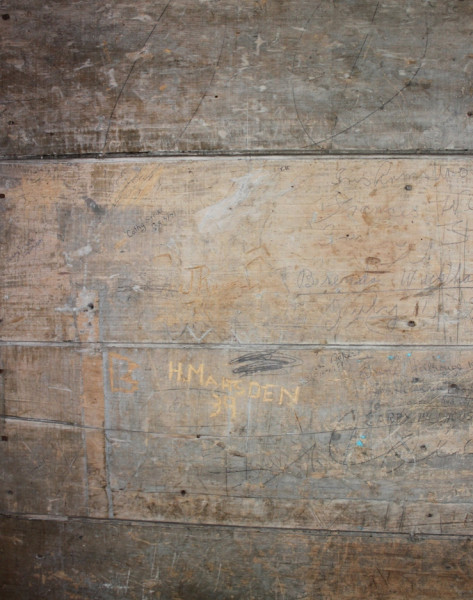Situated in the heart of beautiful Knowlton, the Brome County Museum is a must for anyone who fancies a glimpse of life in Brome County a century or two ago.
The Brome County Historical Society, which manages a sprawling collection of heritage buildings, most of them located on one large property, was founded back in 1897. Presided over by a volunteer board and a skeleton staff headed up by long-time manager Arlene Royea, the Brome County Historical Society is the oldest historical society in the Eastern Townships. The society's mission: to preserve and interpret the history of Brome County.
Like most of the artifacts in the museum's collection, the very name "Brome County" is a throwback to another era. In fact, there has not been a "Brome County" per se since the Government of Quebec replaced the old counties with MRC's back in the early 1980s. But Brome County was the name on the charter, and so the name has remained.
But like many of the good things in life, Brome County Museum seems to have changed only gradually over the years. No question, things have evolved here -- exhibits have changed, and the museum has expanded several times -- but not too fast. Brome County Museum is still the charming, laid-back, low-tech, unpretentious place it was twenty, or thirty, or fifty years ago. And it's always fun to visit.
Over the past century or so, museum staff and volunteers have done a pretty good job of "preserving and interpreting" the thousands of artifacts that have been preserved for posterity here. And, given the size of this place, that is no mean feat! Consider the sheer number of buildings that the historical society looks after (no fewer than seven) -- not to mention the thousands of artifacts they contain.
There's the Centennial Building (1967) which houses the museum administration and regular contemporary art shows. Across the lawn, past a pair of twentieth century artillery pieces, there's the Old Academy Building (1854). Also known as the Paul Holland Knowlton Memorial Building, this former schoolhouse now houses collections of Native artifacts, pioneer furnishings, and other displays. Upstairs is a re-created "Victorian house."
Attached to the academy is the Martin Annex, built in 1921 to showcase the museum's military collection. Visitors always remember the famous Fokker D-VII, an authentic bi-plane from the First World War. Connected to the annex is the Marion Phelps Building (1985), named after one of the leading lights of the historical society for many decades. Here visitors will discover a variety of permanent and temporary exhibits.
Next door is the Old Fire Hall. This two-storey, wood-frame structure, which was built in two phases in 1881 and 1904, contains an assortment of permanent displays. The building’s original fire tower, which is visible from inside and out, is the last of its kind in the area.
One of the most elegant buildings on the museum grounds is the old County Court House. Built in the classical revival style in 1859, the court house operated until 1950. Acquired by the historical society in 1993, it now houses the society's archives.
Finally, a few kilometres outside of Knowlton, the historical society’s Tibbits Hill Schoolhouse is open on Sunday during the summer and is well worth a visit.
Brome County Museum (130 Lakeside, Knowlton, Town of Brome Lake) is open Monday through Sunday.
For more information, call (450) 243-6782.
